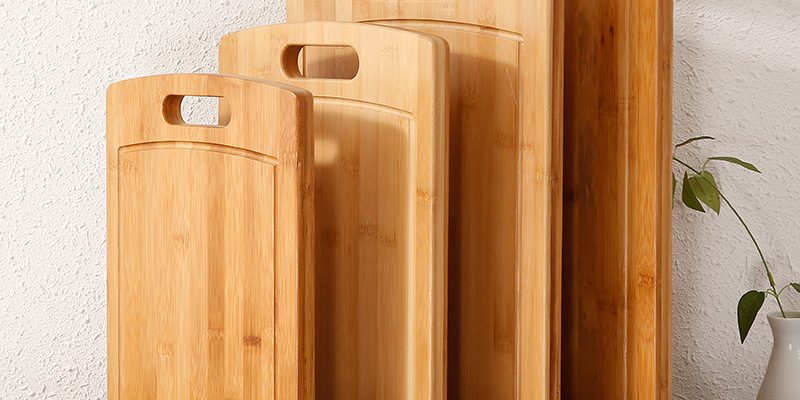Bamboo cutting boards have gained popularity for their eco-friendliness and durability. In this comprehensive guide, we’ll explore the world of bamboo cutting boards, shedding light on why they are an excellent choice for both professional chefs and home cooks.
1. Sustainability and Renewable Resource: Discover why bamboo is considered one of the most sustainable materials for cutting boards. We’ll delve into the rapid growth of bamboo, its minimal environmental impact, and its role in reducing deforestation.
2. Durability and Knife-Friendly Surface: Explore the unique properties of bamboo that make it both durable and gentle on knife edges. We’ll discuss how bamboo’s natural hardness and self-healing characteristics can prolong the lifespan of your knives.
3. Hygiene and Antimicrobial Properties: Learn about bamboo’s natural antimicrobial properties and how it resists the growth of harmful bacteria. We’ll provide insights into keeping your bamboo cutting board clean and safe for food preparation.
4. Maintenance and Longevity: Get practical advice on how to care for your bamboo cutting board to ensure it remains in excellent condition for years. This includes cleaning, oiling, and proper storage techniques.
5. Versatility and Aesthetics: Explore the versatility of bamboo cutting boards in various kitchen tasks, from chopping vegetables to serving cheese platters. We’ll also discuss their attractive, natural aesthetics that complement any kitchen decor.
By the end of this article, you’ll have a thorough understanding of why bamboo cutting boards have become a preferred choice for environmentally conscious and discerning cooks.






